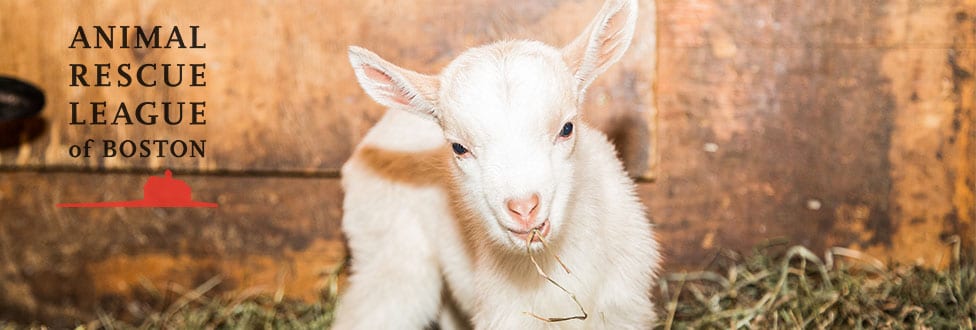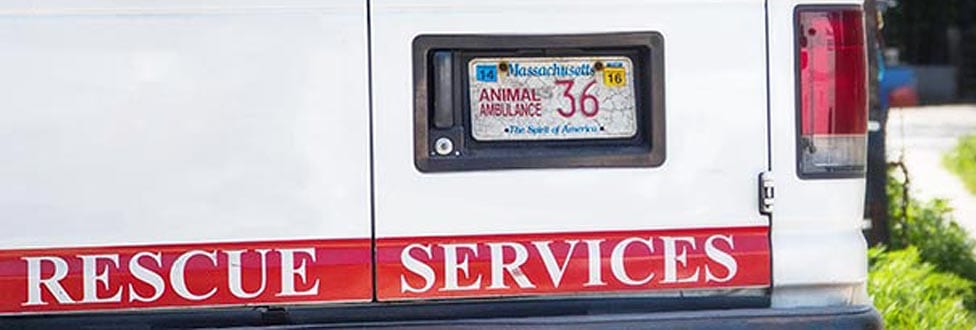Animal Rescue League of Boston Opposes Livestock Board Bill
In November 2016, Question 3, the Act to Prevent Cruelty to Farm Animals, was supported by 78 percent of voters in Massachusetts. The landslide victory made it clear that citizens throughout the Commonwealth strongly support modest animal welfare standards. Now, certain lawmakers who opposed Question 3 are looking to establish a livestock board which would jeopardize the establishment of these modest standards.
The Animal Rescue League of Boston (ARL), along with partner organizations HSUS and the MSPCA, are strongly opposed to H. 441 (An Act to Promote the Care and Well-Being of Livestock).
H. 441 would put critical animal prote ctions and food safety decisions in the hands of factory farmers and their allies with all livestock regulations required to be approved by a 2/3 majority. Only 2 of 13 board seats are allotted to animal welfare organizations (ARL and MSPCA).
ctions and food safety decisions in the hands of factory farmers and their allies with all livestock regulations required to be approved by a 2/3 majority. Only 2 of 13 board seats are allotted to animal welfare organizations (ARL and MSPCA).
“It is our belief that H. 441 would remove all of the hard-earned gains for farm animals that the citizens of Massachusetts obviously supported by the overwhelming passage of Question 3,” said Nadine Pellegrini, ARL’s Director of Advocacy. “H. 441 is misleading to the extent that it names ARL to the board without its consent and over its opposition to the establishment of such a board. The voters should not be deceived by this tactic and should not think that this bill will further humane protection for farm animals.”
Call to Action
ARL encourages you to contact your state representative or state senator and urge them to oppose Bill H. 411, which would create an unbalanced and unaccountable board that may endanger protections for Massachusetts’s farm animals.



















